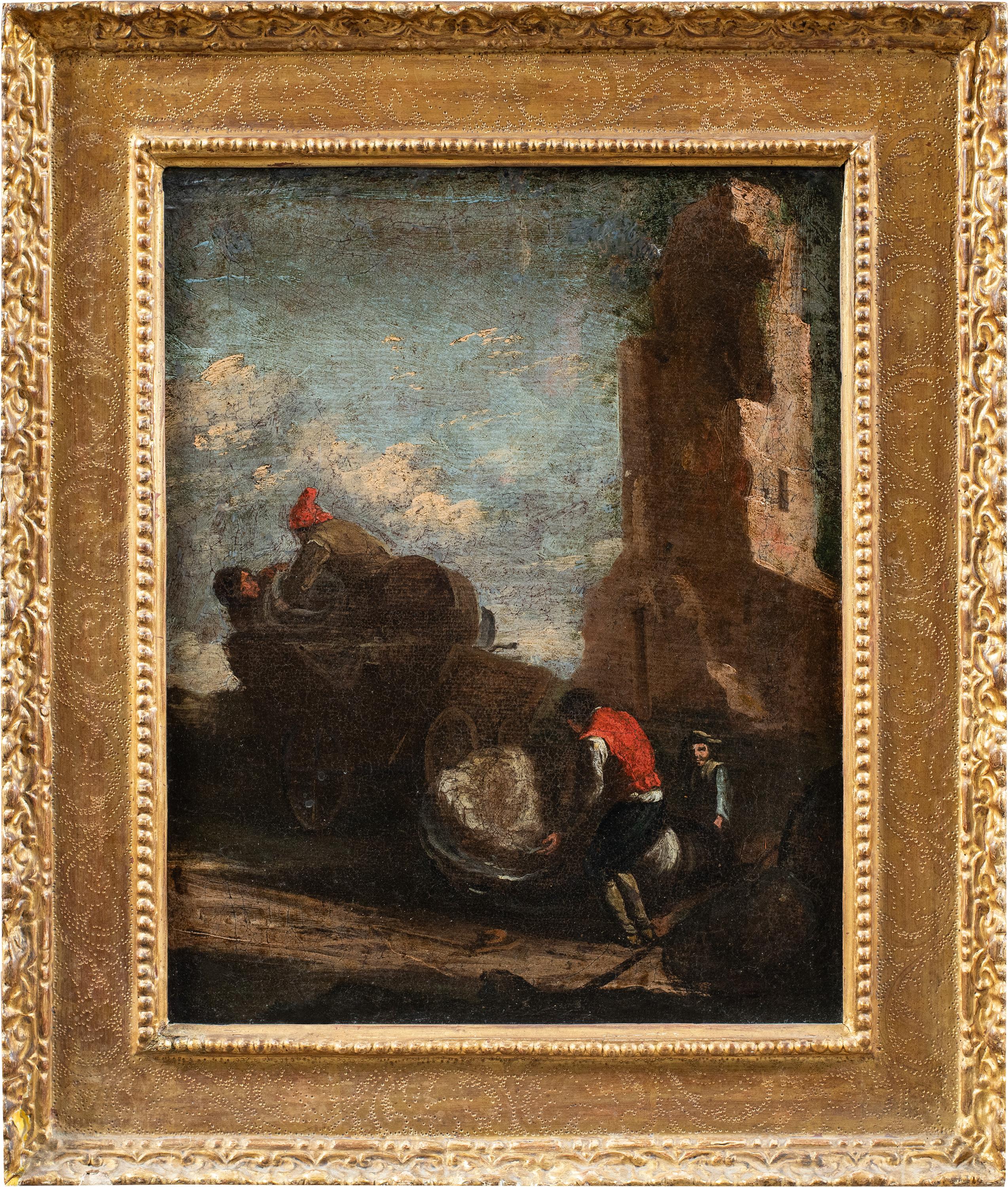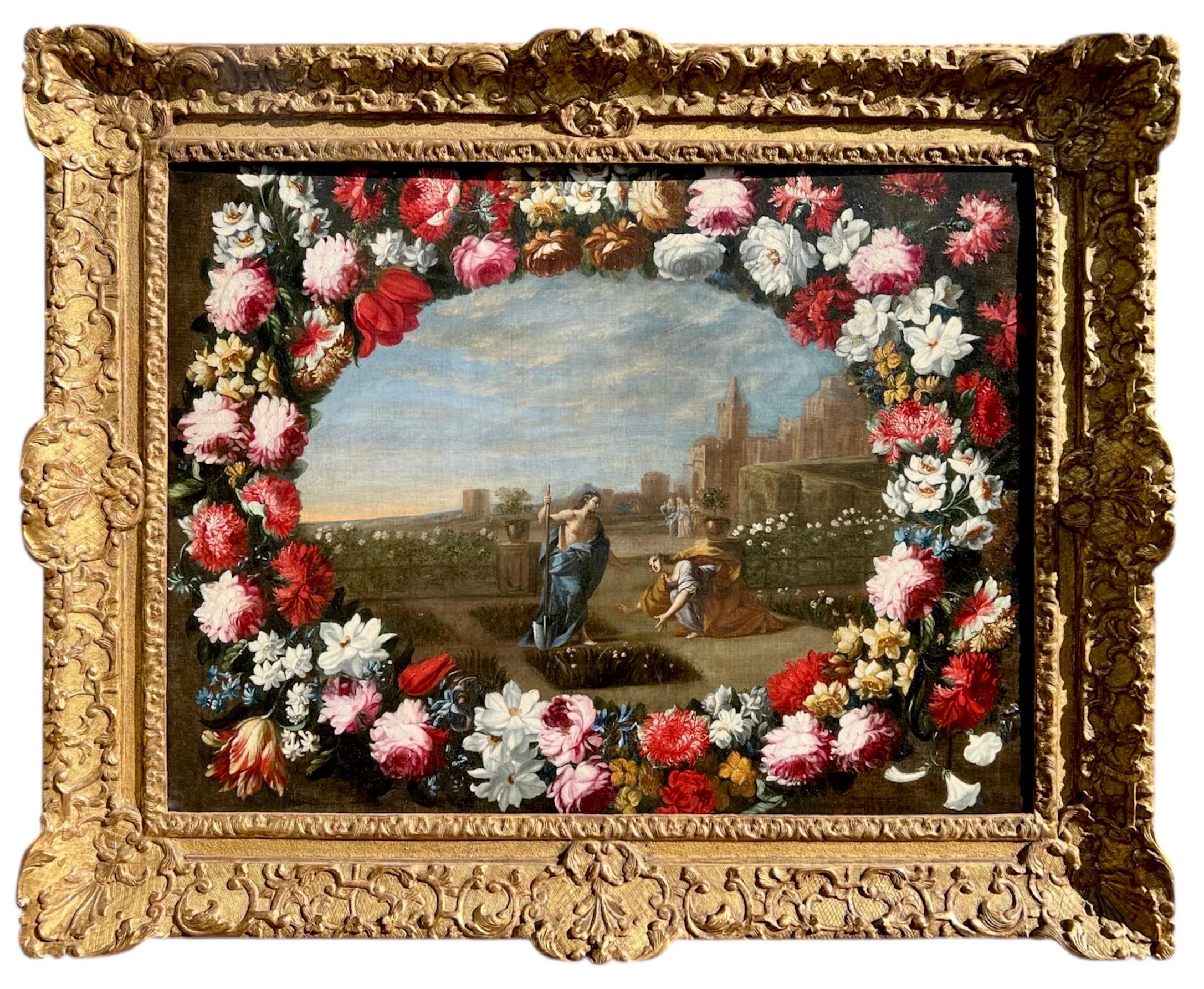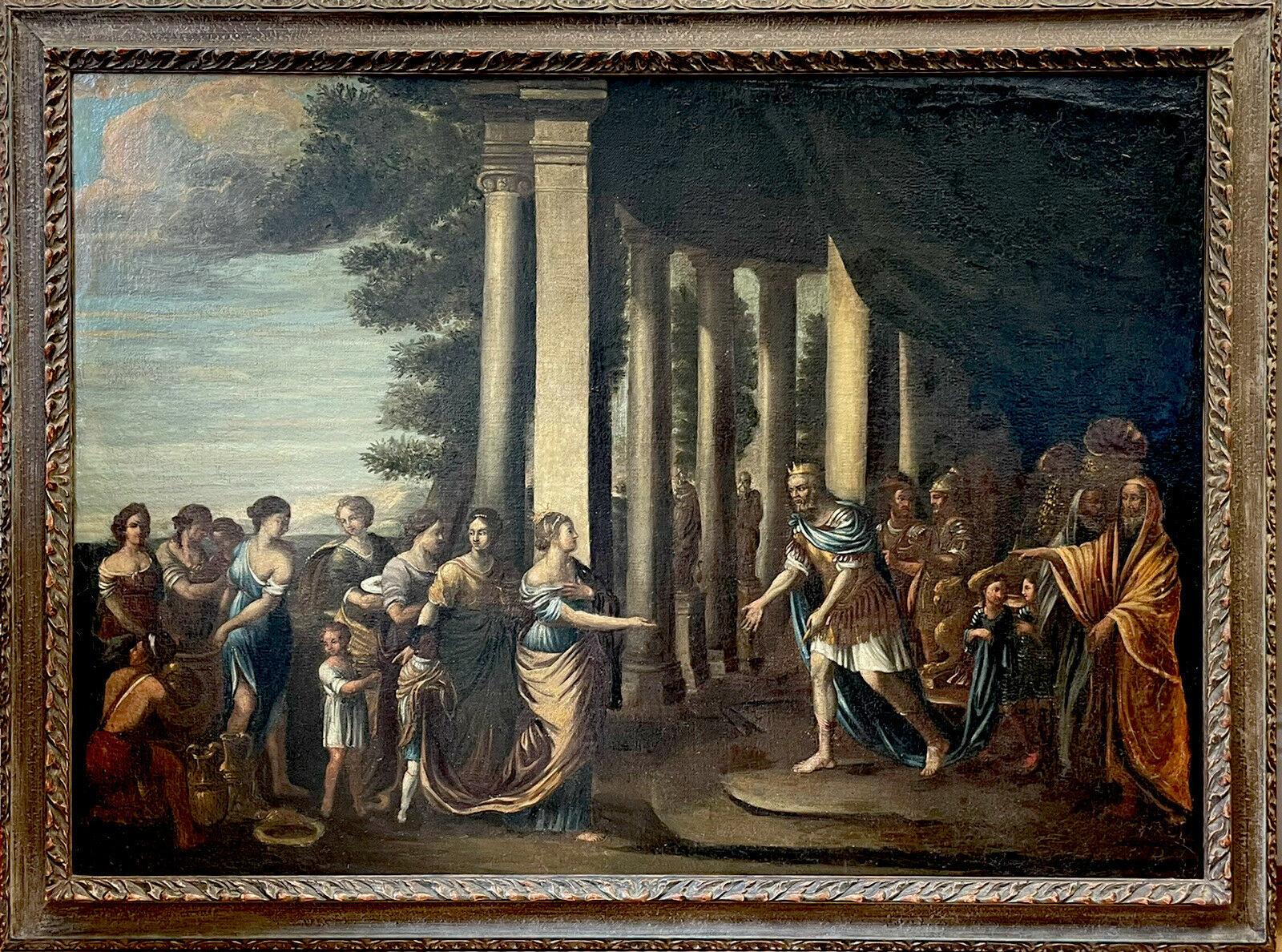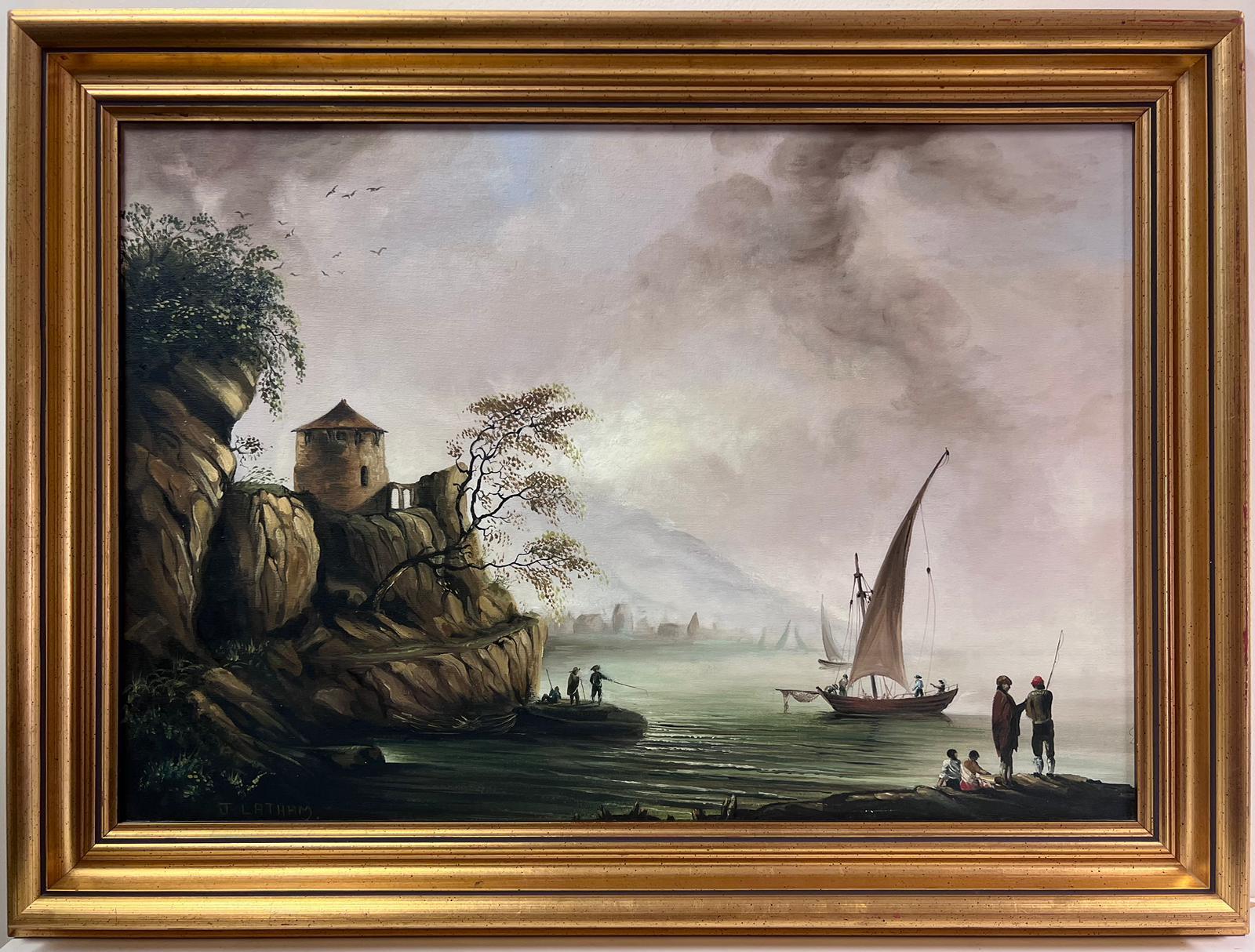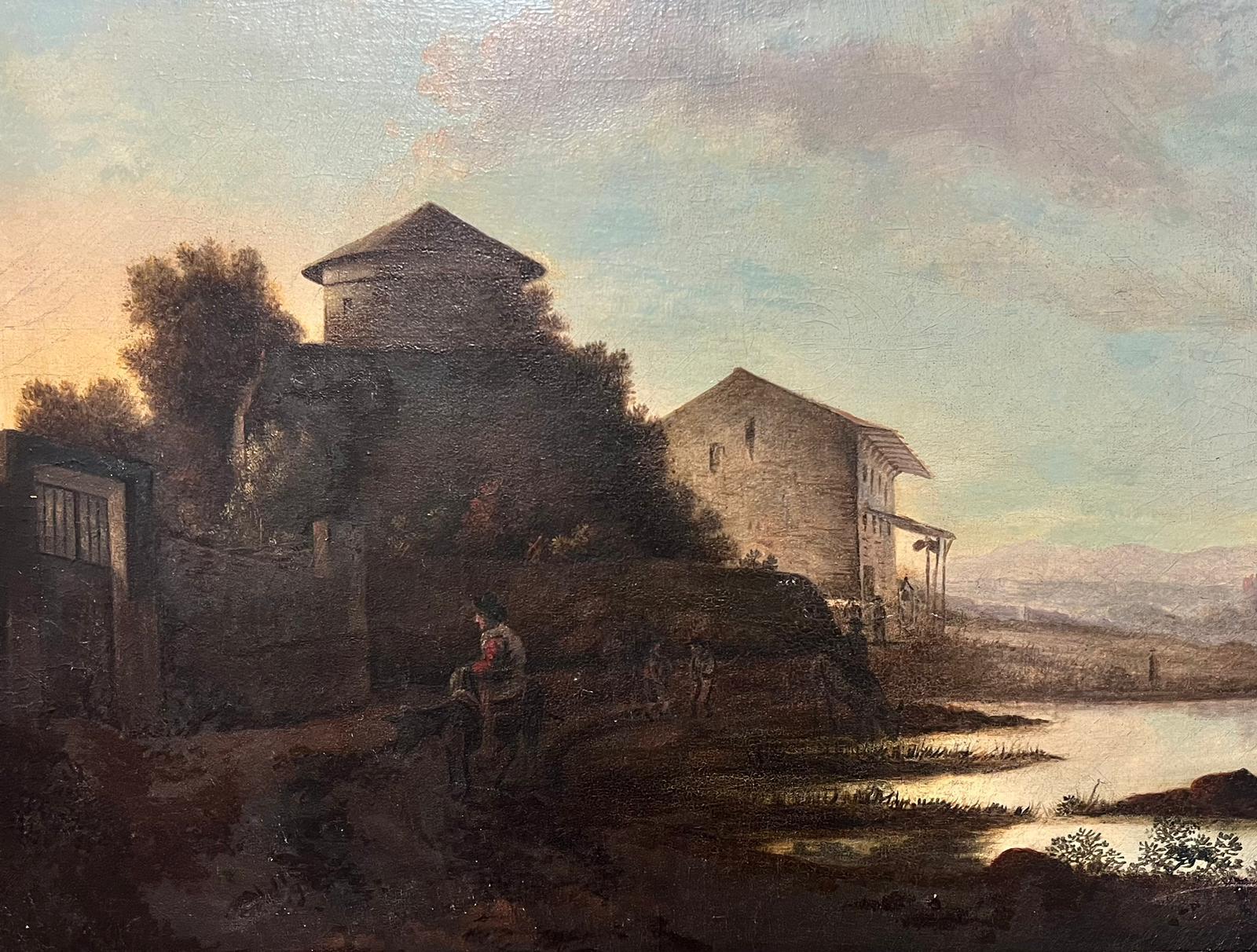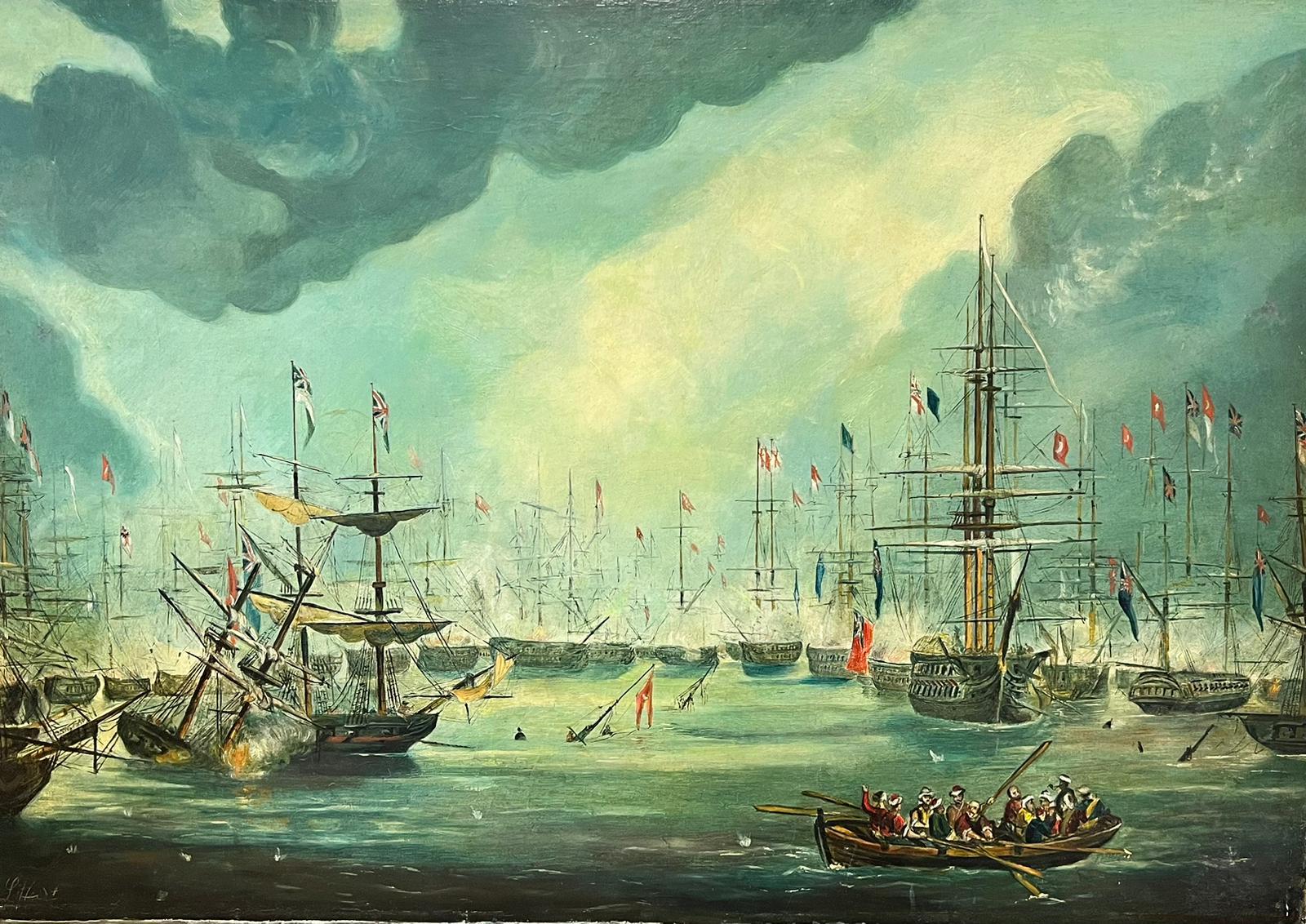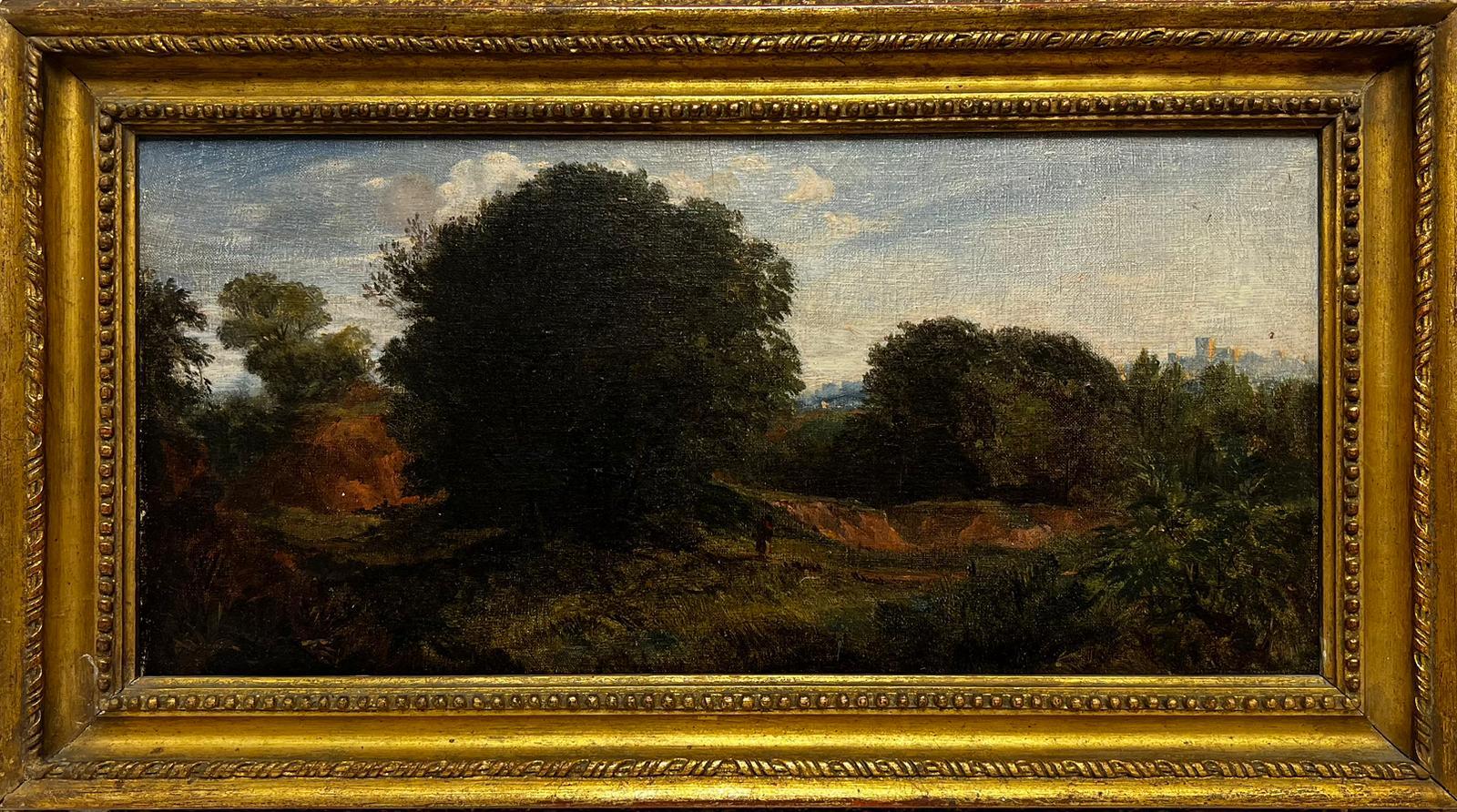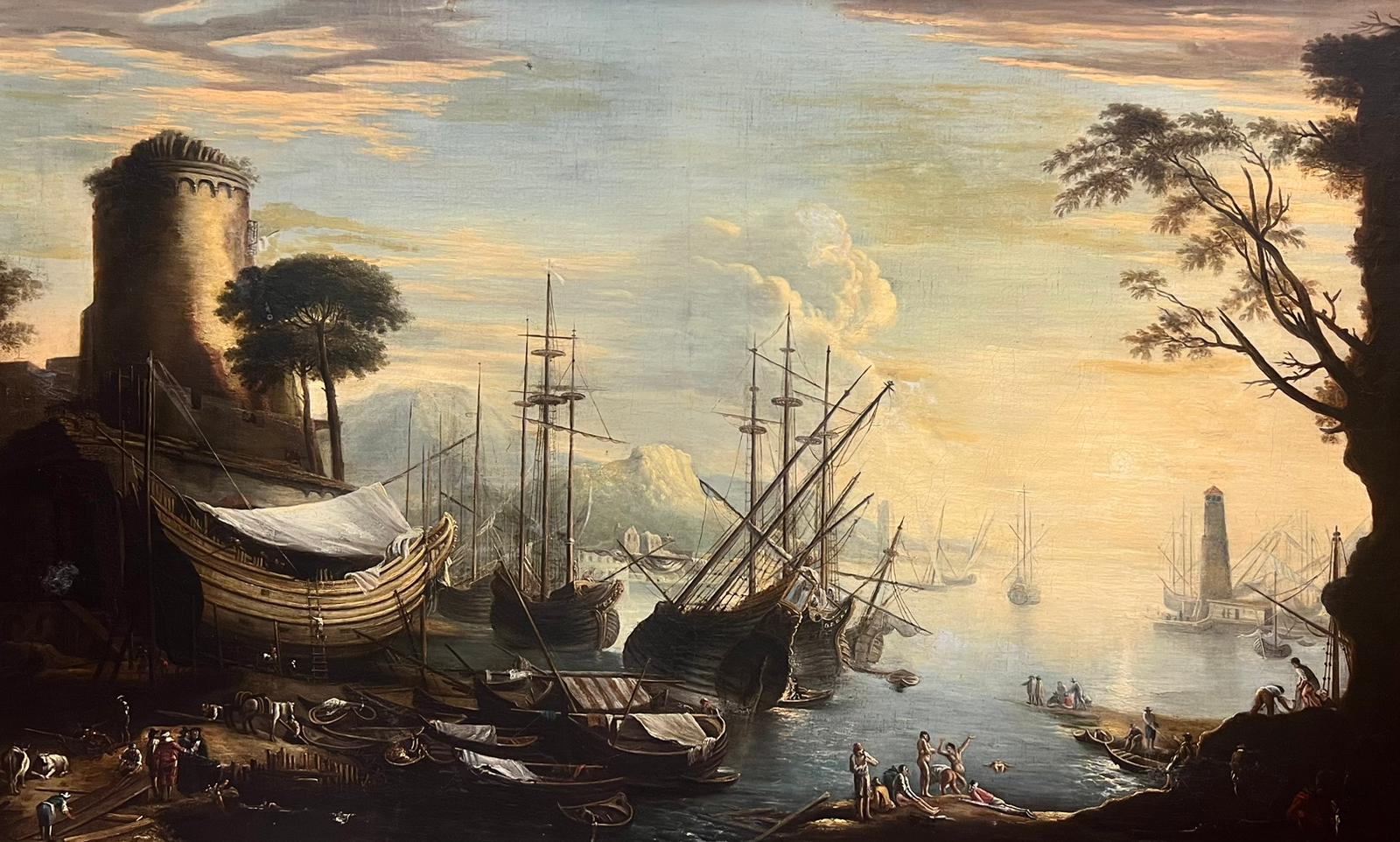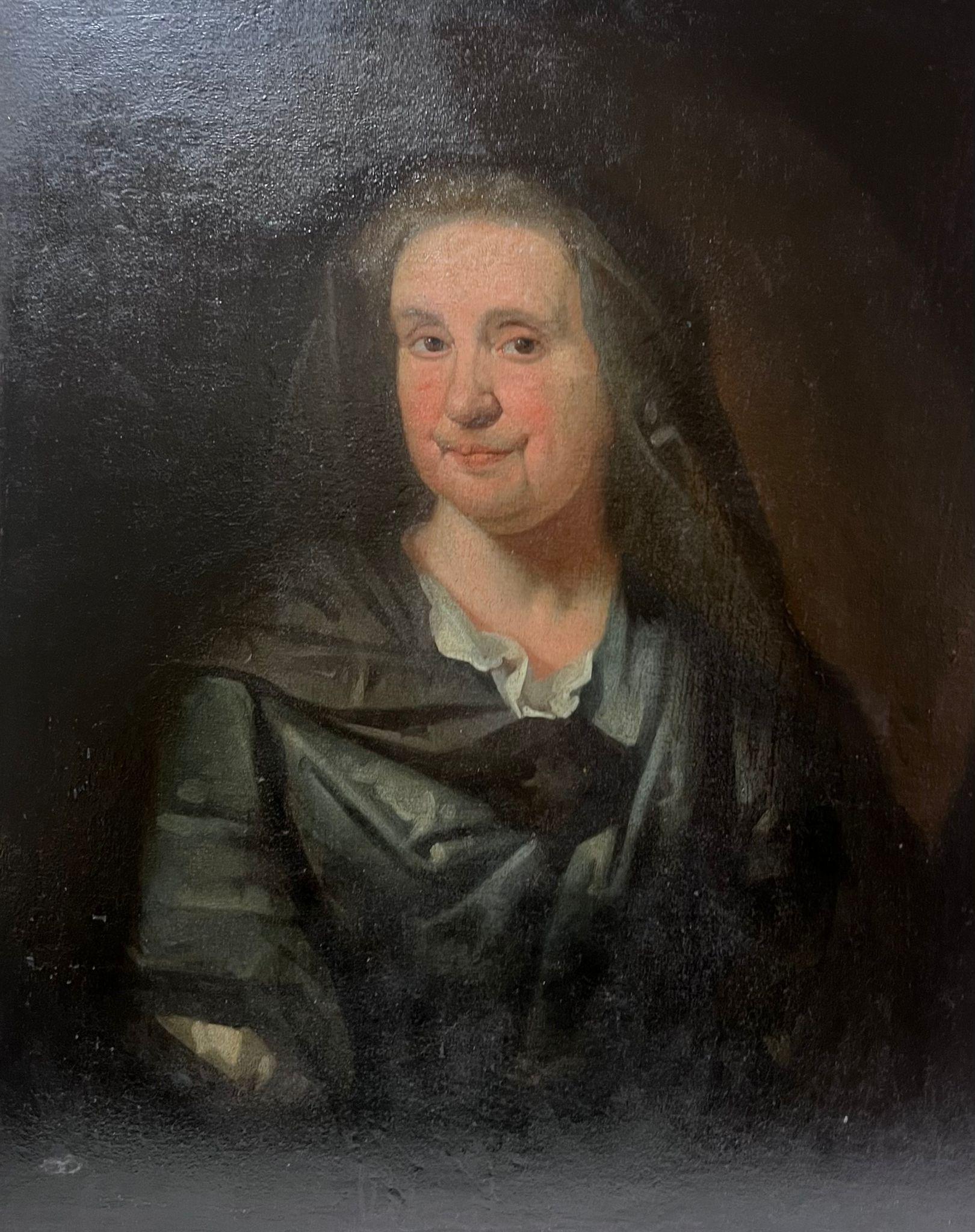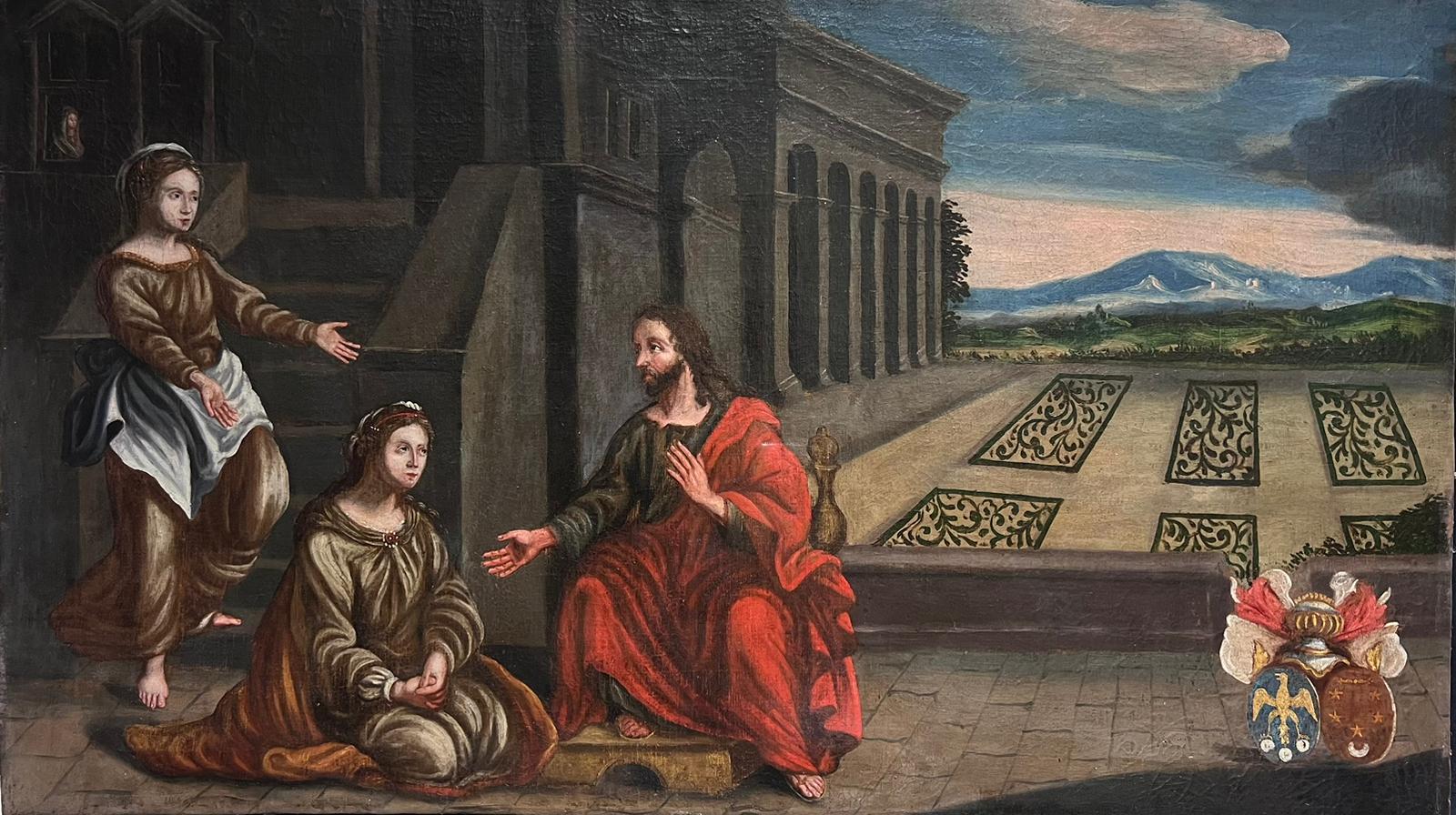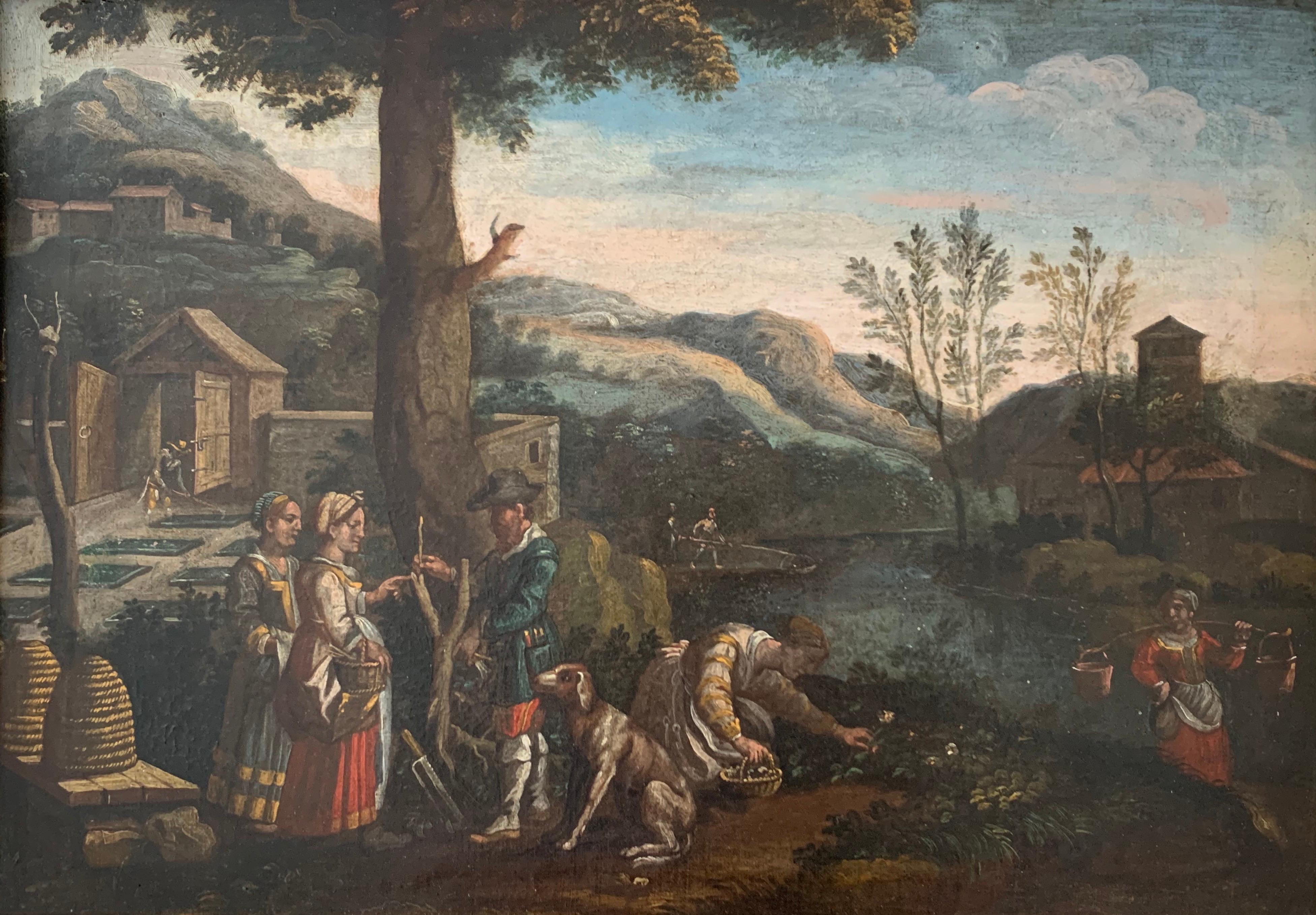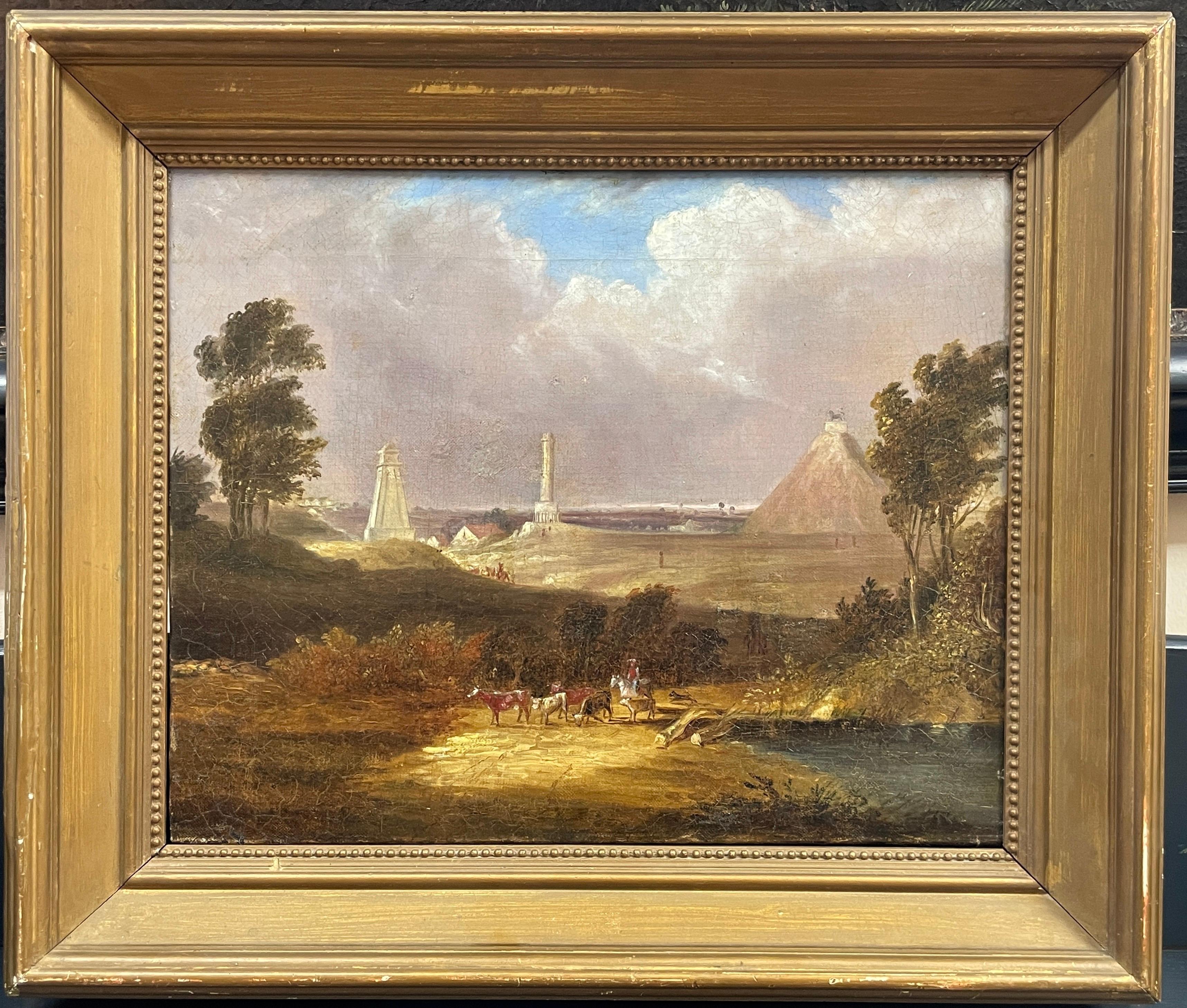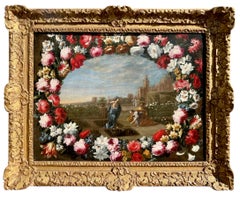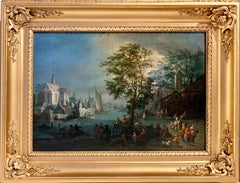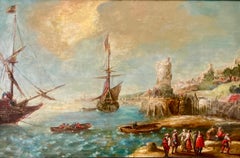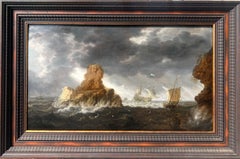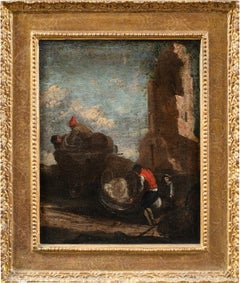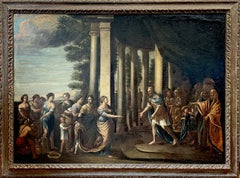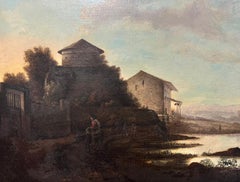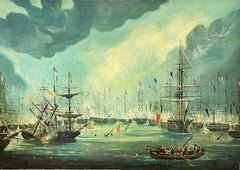17th Century Italian Old Master Painting - Time unveiling truth - Allegory Dark
Want more images or videos?
Request additional images or videos from the seller
1 of 12
17th Century Italian Old Master Painting - Time unveiling truth - Allegory Dark
$3,283.21List Price
About the Item
- Dimensions:Height: 18.12 in (46 cm)Width: 22.45 in (57 cm)Depth: 0.79 in (2 cm)
- Medium:
- Movement & Style:
- Circle Of:Francesco Solimena (1657 - 1747, Italian)
- Period:Late 17th Century
- Framing:Framing Options Available
- Condition:Good condition and ready to hang. It has been relined in the past and as you can see from the photos, the paint layer is a bit worn in some places. However it's a very beautiful and decorative work. Some inpainting.
- Gallery Location:Aartselaar, BE
- Reference Number:1stDibs: LU142327385212
About the Seller
5.0
Gold Seller
Premium sellers maintaining a 4.3+ rating and 24-hour response times
Established in 2020
1stDibs seller since 2020
376 sales on 1stDibs
Authenticity Guarantee
In the unlikely event there’s an issue with an item’s authenticity, contact us within 1 year for a full refund. DetailsMoney-Back Guarantee
If your item is not as described, is damaged in transit, or does not arrive, contact us within 7 days for a full refund. Details24-Hour Cancellation
You have a 24-hour grace period in which to reconsider your purchase, with no questions asked.Vetted Professional Sellers
Our world-class sellers must adhere to strict standards for service and quality, maintaining the integrity of our listings.Price-Match Guarantee
If you find that a seller listed the same item for a lower price elsewhere, we’ll match it.Trusted Global Delivery
Our best-in-class carrier network provides specialized shipping options worldwide, including custom delivery.More From This Seller
View AllLarge 17th century Italian old master - Noli me tangere, Christ in the garden
By Pier Francesco Cittadini
Located in Aartselaar, BE
Large 17th Century Italian Old Master, The Garden - Noli me tangere, Pier Francesco Cittadini (attr.)
Description
In the stillness of a garden in bloom, Noli me tangere captures a p...
Category
17th Century Old Masters Figurative Paintings
Materials
Canvas, Oil
Bustling 17th century harbour landscape with fishermen, visitors and merchants
By Mathys Schoevaerdts
Located in Aartselaar, BE
17th Century Flemish Painting "A bustling scene of fishermen, merchants and visitors in a peaceful and picturesque port village”
This intriguing painting offers a wonderful and real...
Category
17th Century Old Masters Landscape Paintings
Materials
Oil, Canvas
17th century Flemish seascape - Ships in a mediterranean harbour - seascape
Located in Aartselaar, BE
Where the Sea Meets Home, A 17th-Century Port Seascape by Andries van Eertvelt
Bathed in the warm and vibrant light of a beautiful day, this remarkable 17th-century seascape opens a...
Category
17th Century Old Masters Landscape Paintings
Materials
Panel, Oil
17th century Flemish seascape - Stormy Sea with Merchant Vessels and dolphins
By Bonaventura Peeters the Elder
Located in Aartselaar, BE
Bonaventura Peeters the Elder (1614–1652) attr., Stormy Coastal Scene with Merchant Vessels, Galliot, and Dolphins
Framed by rugged cliffs and illuminated under a dark, swirling sk...
Category
17th Century Old Masters Landscape Paintings
Materials
Oil, Panel
19th century French Barbizon school painting Elegant group outdoors
By Jules Coignet
Located in Aartselaar, BE
19th century Barbizon painting "The nymphs bathing in a forest landscape"
The artist wonderfully captured this dreamy scenery with vibrant colours and assured brushstrokes, inviting...
Category
19th Century Impressionist Figurative Paintings
Materials
Panel, Oil
17th century Dutch Old Master Portrait of a boy with his dog - Dutch golden age
Located in Aartselaar, BE
Dutch 17th century old master portrait of a boy, accompanied by his playful dog, blowing bubbles
This captivating portrait shows a young boy who is looking at the spectator with ey...
Category
Mid-17th Century Old Masters Portrait Paintings
Materials
Oil, Canvas
You May Also Like
Antique Roman painter - 18th century landscape painting - Wanderers - Italy
Located in Varmo, IT
Roman painter (18th century) - Landscape with wayfarers.
43.5 x 34.5 cm without frame, 58.5 x 49.5 cm with frame.
Antique oil painting on canvas, in a carved and gilded wooden fram...
Category
Early 18th Century Old Masters Figurative Paintings
Materials
Canvas, Oil
$1,193 Sale Price
44% Off
HUGE 17thC ITALIAN OLD MASTER OIL PAINTING - KING & COURT FIGURES ROMAN BUILDING
Located in Cirencester, Gloucestershire
Artist/ School: Italian School, 17th century.
Title: A King and Queen before court figures, amidst a classical landscape with Roman columns.
Medium: oil painting on canvas, framed
...
Category
17th Century Old Masters Figurative Paintings
Materials
Canvas, Oil
Antique Dutch Oil Painting Figures at Sunset by Coastal Estuary with Buildings
Located in Cirencester, Gloucestershire
A River Landscape With A Figure On A Donkey
1800's Dutch School
oil painting on canvas, framed
framed: 21 x 27 inches
canvas: 18 x 24 inches
provenance: private collection, England
...
Category
Early 19th Century Old Masters Landscape Paintings
Materials
Oil, Canvas
Naval Battle Engagement at Sea Large Busy Battle Scene Many Ships, Signed Oil
Located in Cirencester, Gloucestershire
English School, early 20th century
signed
oil painting on canvas, unframed
canvas: 17 x 24 inches
provenance: private collection, Eng;and
condition: good and sound condition, minor ...
Category
Early 20th Century Old Masters Landscape Paintings
Materials
Oil, Canvas
Fishing at Dawn Old Trading Port with Many Figures Large Oil Painting
Located in Cirencester, Gloucestershire
Fishing at Dawn
English artist after an earlier work (see inscription verso)
signed oil painting on canvas, framed
inscribed verso
framed: 23 x 31 inches
canvas: 18 x 26inches
proven...
Category
Late 20th Century Old Masters Landscape Paintings
Materials
Canvas, Oil
Early 1800's English Oil Painting Figure in Rural Woodland Landscape, original
By circle of John Constable
Located in Cirencester, Gloucestershire
Artist: English School, early 1800's, circle of John Constable (British 1776-1837)
Title: The Woodland Path
Medium: oil on canvas, framed, unsigned
Size: 12 x 22 inches
Picture: 9 x 18 inches
Provence: from a private collection in East Anglia...
Category
Early 19th Century Old Masters Landscape Paintings
Materials
Canvas, Oil
